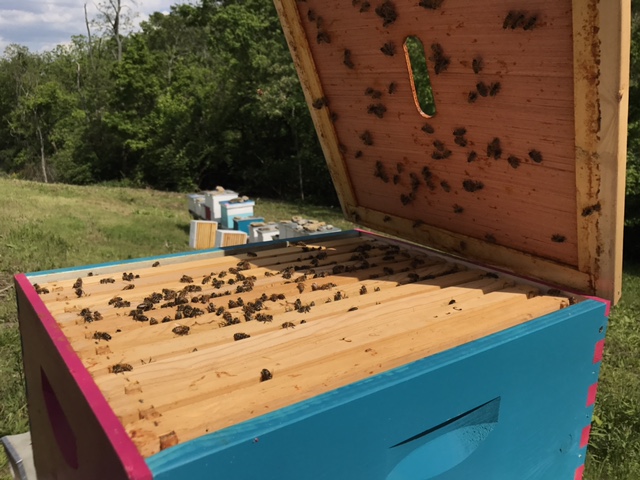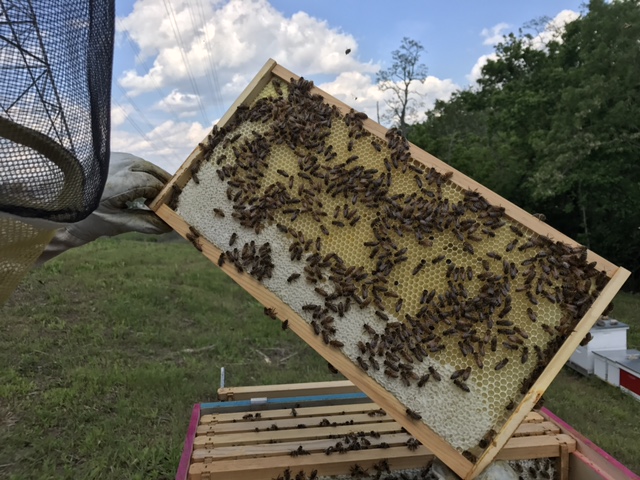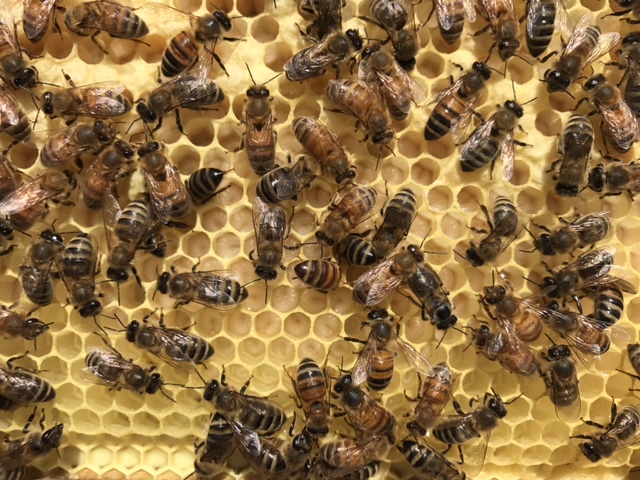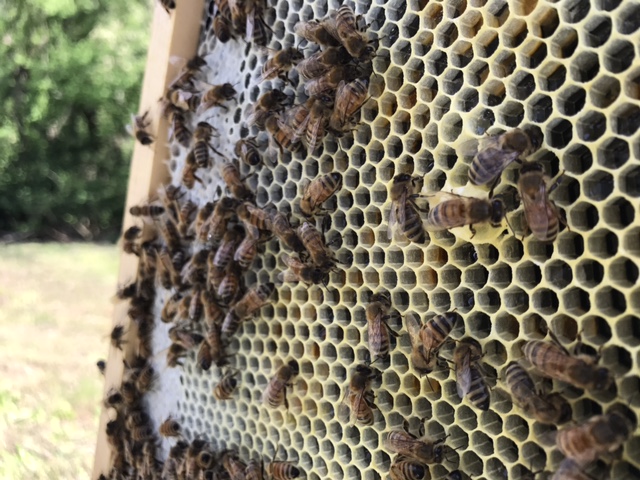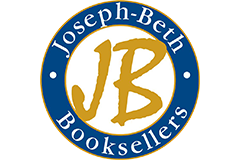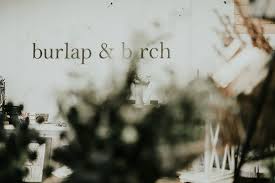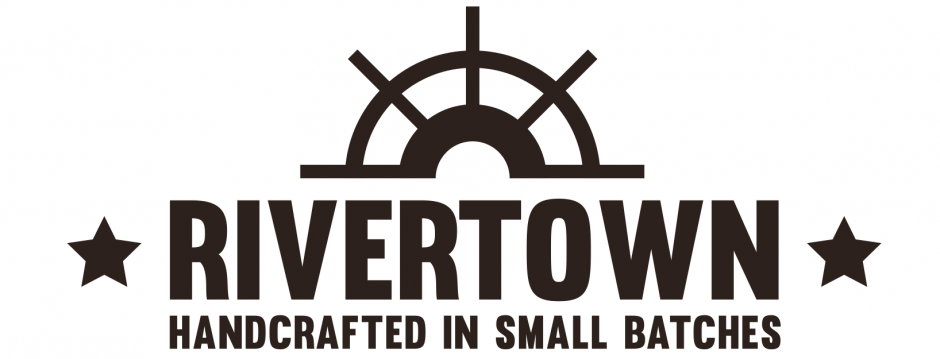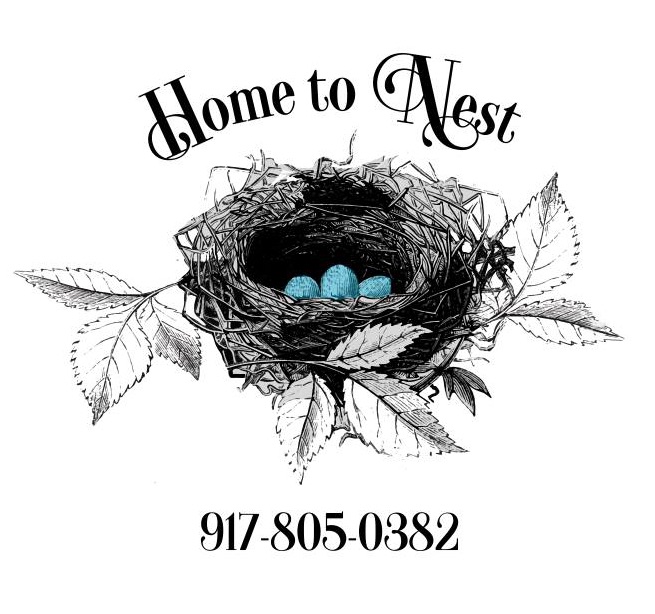This beautiful pink and turquoise 10 frame Langstroth Hive is the new home to the JSC honeybee colony. Started this year in April 2017, this colony is already off to a great start. We rescued these girls from a Cincinnati elementary school. They were found on a playground in a pine tree about 3 feet off the ground.
INSPECTION DAY May 14, 2017
We did our first full inspection on the hive on May 14th, 2017 around 4PM and we're more than happy with the progress they are making. The queen has a beautiful egg laying pattern and seems to favor more of the right side of the hive, verses staying in the center. We also noted all stages of development in a beautiful brood pattern.
The other great thing we noticed in this colony is that the genetic diversity looks well mixed. From our experience, we have found that this is pretty common in swarms and is said to contribute to their survival rate. The queen is absolutely beautiful and is a good size. We took a photo to see if you can spot her... can you find your queen?
After we spotted her, we gently marked her with a non toxic pen in the color yellow. Each year has a color that indicates the age of a queen. For 2017, the color is yellow. Although we do not know truly how old she is, it helps us identify her and lets us know that she is a "new" queen for us.
We are very happy to see the JSC Hive doing so well starting out. They have plenty of room for growth, stored honey, pollen and all stages of development for new bees. The next time we get into the hive we plan to add more room for them to continue to grow.
INSPECTION DAY JUNE 9, 2017
On June 9th, we did our second inspection on the 'JSC' Hive, and the bees seemed to be doing fantastic. They were very calm and docile as we were handling the boxes, which is more than ideal.
This colony of honeybees is thriving and quickly growing in numbers. When we opened up the boxes, we noticed they were favoring the left side of the hive, so we took an empty frame from the right side and moved it to the left. The population is doing so well and expanding so quickly that they even started making queen cups– we noticed about five of them!
We couldn't seem to find the queen but we do know she is in there because there's an abundance of eggs and the bees were crafting their queen cups, which means they could potentially swarm. The queen cups are a signal to beekeepers to add a new box so there's enough room for the growing population.
So what did we do? We added a new box at the end of our inspection to support this thriving colony.
Overall, these ladies are looking great. Stay tuned for more info on the next inspection!
INSPECTION DAY JULY 30, 2017
We went down into the apiary again on July 30th for our third inspection on the 'JSC' hive and the new box we added last time, didn't seem to have many bees in them this time.
We're getting to that tricky time of summer when it's much too common to find the hives being infiltrated by mites and other unwanted species. We saw these bees had fallen victim so we ended up having to treat them for Parasitic Mite Syndrome (PMS).
Reports from the Ohio Department of Agriculture are indicating that the varroa mite population this season appears to be excessively high. We wanted to see if this was true with our hives so we did a thorough inspection on 10 of our hives. Of those 10 hives, 6 had obvious signs of heavy mite infestation. Including but not limited to:
- bees with deformed wing virus
- poor honey storage
- spotty brood pattern
- larva that appears melted in their cells.
Not to worry! Just because your hive has mites, doesn't mean its the end of the world– or their world, really. We believe these ladies will pick themselves back up and become a healthy, thriving colony once again in no time!
inspection day august 5, 2017
Once we discovered the varroa mites and educated ourselves on PMS, we went back to the apiary to make some changes.
First thing's first; we opened up every hive and checked for infestations. Then we treated every single hive for varroa mites.
The 'JSC' Hive seemed to be doing better this time around. We started and will continue treatment every five days for the next twenty days to ensure the brood, currently in the larvae stage, undergoes full treatment and is able to hatch and mature without being infected by the mites.
TREATMENTS
Because of the high number of Varroa mites throughout the entire state of Ohio, we spent the month of August treating all hives. We did an organic treatment of oxalic acid in 3 treatments, 5-7 days apart in order to treat all capped brood as they hatched.
fall extraction season: late summer - fall
Inspection Day September 9, 2017
After treating all of the hives and monitoring the bees behavior throughout the month, we opened their homes back up on September 9th to see how everyone was doing. We specifically went in to check on the status of the Varroa Mite treatment and to see where their food supply is at.
The treatment looks like it worked tremendously and everyone seems to be happy and healthy! Therefore, we proceeded with checking the food supply and decided to add in some Easter marshmallow candies on the inner cover until we start the feeding for fall.
Feeding during fall is necessary after extraction season so that the bees can continue building up their food supply for the winter months, before the cold gets here and they're forced to bundle up indoors just like the rest of us!
october 3, 2017 inspection day + final extraction!
On October third, we went to the apiary to gather the frames for our final extraction of the year– the beloved fall honey!
Fall honey is dark in color, plus rich and bold in flavor. It is a bit thicker and more of a dark amber color compared to spring honey. While darker honey is more flavorful and intense than light, it also contains more nutrients; including vitamins, minerals, and antioxidants.
We didn't pull many frames from the newer colonies this year so the honey you will be receiving will be coming from some of the stronger, more established hives– so yours can continue to thrive.
The final step, in the first week of November, will be to go through and consolidate some of the colonies and insulate them.
CLICK HERE to see a video of how we will be preparing the hives for winter
We will be sure to keep you updated on our next visit out to the apiary. Be sure to follow this blog for updates and feel free to post any comments, questions or concerns.
Stay tuned!




